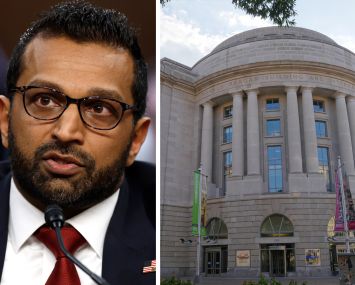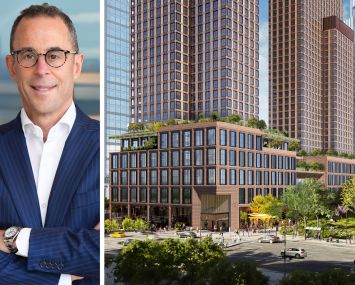 It is widely known that New York City investment properties have far too much leverage imbedded in them. According to our estimates, there is presently about $165 billion of leverage on properties that have a negative level of equity in them. Underwriting those properties based on today’s reduced values and the more conservative underwriting standards used by lenders, the appropriate level of this debt should be about $65 billion. This means that approximately $100 billion of debt would need to be extracted from the marketplace to be on conservatively sound footing.
It is widely known that New York City investment properties have far too much leverage imbedded in them. According to our estimates, there is presently about $165 billion of leverage on properties that have a negative level of equity in them. Underwriting those properties based on today’s reduced values and the more conservative underwriting standards used by lenders, the appropriate level of this debt should be about $65 billion. This means that approximately $100 billion of debt would need to be extracted from the marketplace to be on conservatively sound footing.
Clearly, this amount of de-leveraging is not going to occur for a number of reasons, including the fact that some owners have the ability and desire to keep servicing the debt even if the property’s cash flow does not cover the payment. Additionally, legislative hocus-pocus will allow some deals to just keep floating downstream without forcing a real resolution. Notwithstanding these dynamics, a substantial de-leveraging must take place for our real estate market to fully correct.
In order to effectuate this de-leveraging, a massive amount of equity will be needed. One of the sources of this equity could be foreign capital. Overseas investors like the political stability the U.S. offers, and New York has always been a target for deployment of these funds. However, foreign investors in U.S. real estate are disadvantaged by a law that should have never have been put into the tax code to begin with.
I am referring to the Foreign Investment in Real Property Tax Act of 1980, commonly known as FIRPTA. U.S. tax laws and regulations impose excessive tax barriers on foreign capital investment in U.S. real estate, and should be withdrawn or modified significantly. The central obstacle to greater capital investment in U.S. real estate by non-U.S. investors is FIRPTA.
Based upon the fears of some politicians in the Midwest, who were originally concerned about limiting foreign control over U.S. farmland, Congress proposed and passed FIRPTA to limit what foreigners could do with “our property.” FIRPTA requires foreign persons who dispose of U.S. real property interests to pay taxes in the U.S. on any gain realized on the disposition. This process imposes considerable administrative burdens, not only on foreign investors disposing of their U.S. real estate assets, but also on the purchasers of such properties, who are responsible for administering withholding taxes.
Additionally, the law requires foreign investors to file a U.S. income tax return at the end of the year in which they sell their real property interests.
Further political support for FIRPTA was seen noticeably in the mid-’80s, when Japanese investors were actively purchasing trophy assets in New York City, most notably Rockefeller Center. It is hard to imagine that there is any fundamental basis for this concern. Properties controlled by foreign owners are generally managed by U.S. companies, leased by U.S. companies, serviced by U.S. companies and produce tax revenue paid to New York City. The attorneys representing these investors are likely U.S. firms, as are their title insurers. What is the basis of the fear people have about buildings being owned by overseas investors? In the 26 years that I have been selling properties, I have yet to witness a foreign investor acquiring a New York property, picking it up and transplanting it back to his or her homeland.


